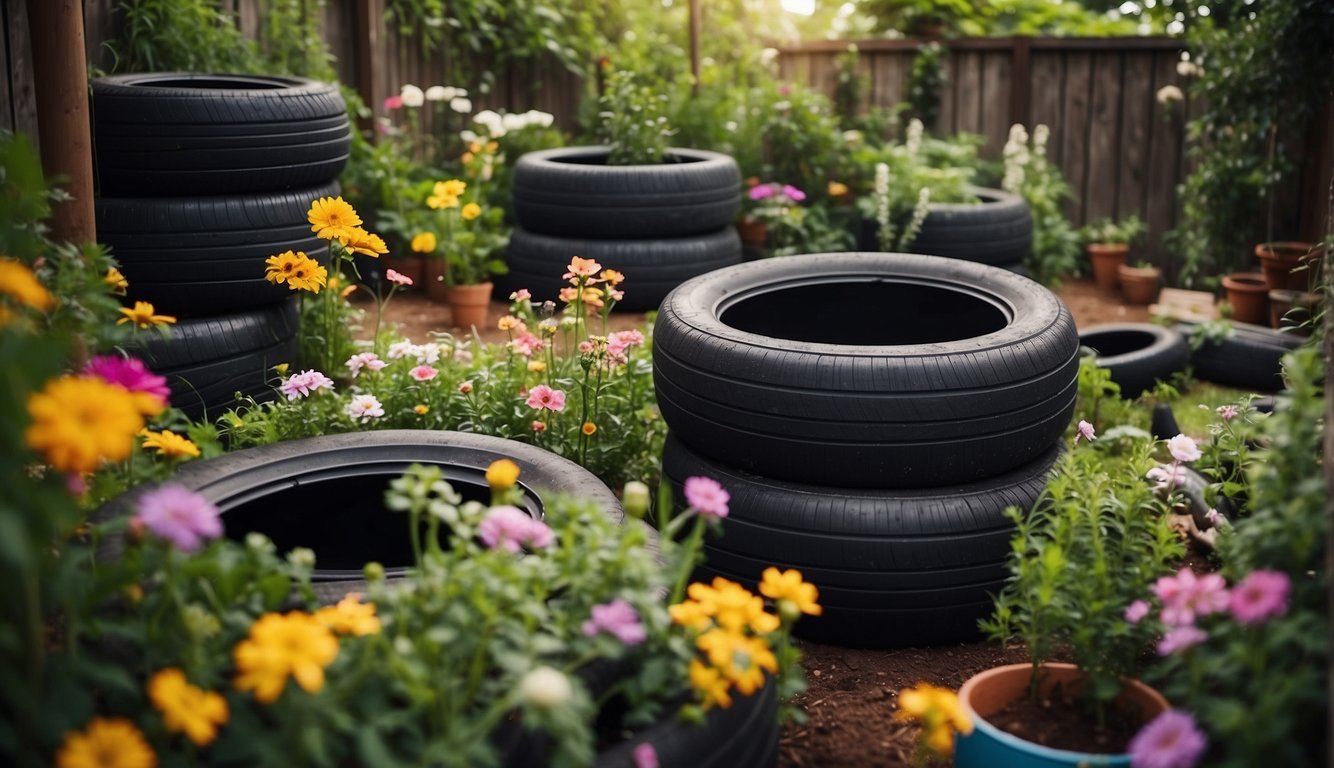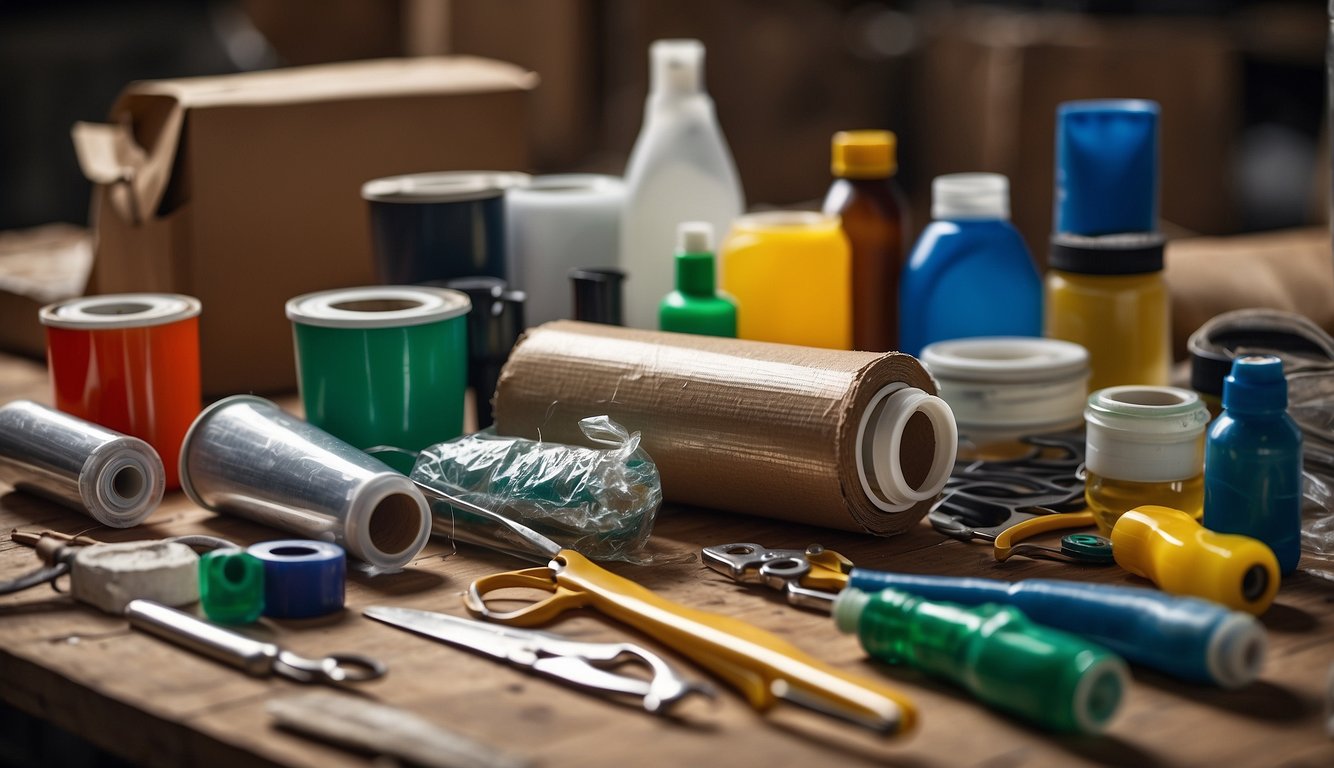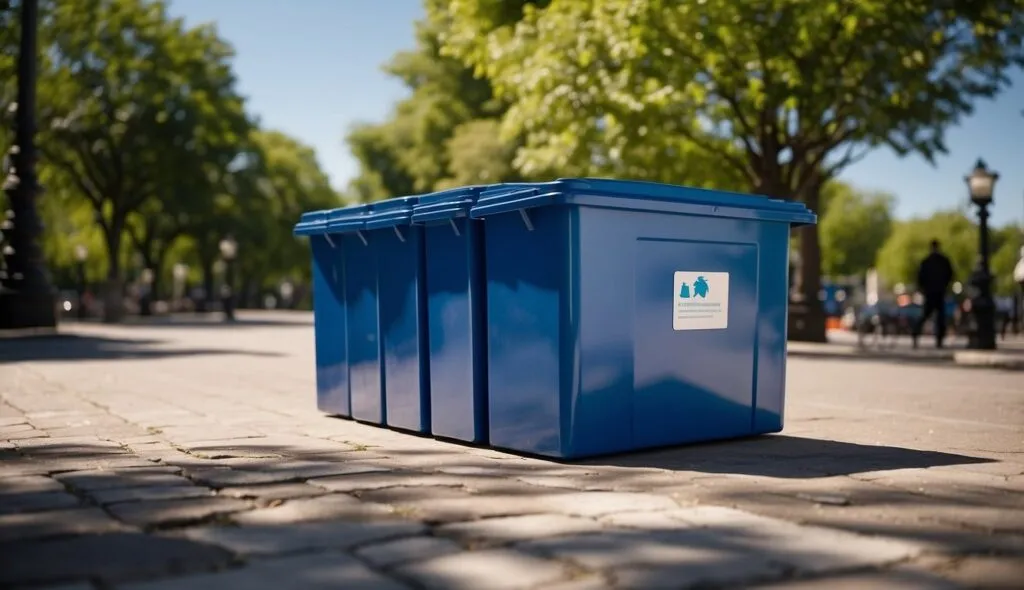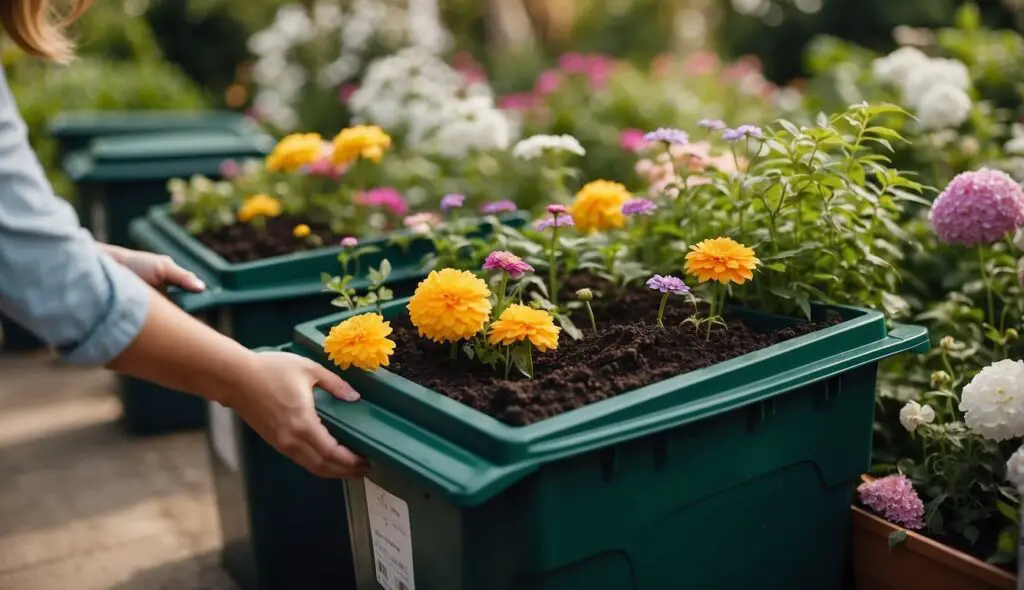As our planet continues to face environmental challenges, more and more people are looking for ways to live a sustainable and eco-friendly lifestyle. One of the most effective ways to reduce waste and promote sustainability is by reusing materials and turning them into something new. From creative upcycling projects to innovative crafting techniques, there are countless ways to give new life to old materials.

When it comes to eco-friendly reuse projects, the possibilities are endless. With a little bit of creativity and some basic crafting skills, you can turn just about anything into a useful and beautiful new creation. Whether you’re looking to reduce your environmental impact, save money, or simply express your creativity, there are plenty of reasons to explore the world of eco-friendly reuse projects.
At the heart of eco-friendly reuse projects is the concept of sustainability. By finding new uses for old materials, we can reduce the amount of waste that ends up in landfills and promote a more sustainable way of life. From repurposing old clothing to transforming discarded objects into works of art, there are countless ways to put your creativity to work in the name of sustainability.
Table of Contents
Materials and Preparation

When it comes to eco-friendly reuse projects, choosing the right materials is crucial. Here are some tips for selecting sustainable materials and preparing them for your project.
Choosing Eco-Friendly Materials
We recommend using recycled materials whenever possible. For example, paper products like newspapers, magazines, and cardboard boxes can be repurposed for a variety of crafts. Containers and bags made from recycled materials are also great options. When purchasing new materials, look for products made from sustainable materials like bamboo, organic cotton, or recycled plastic.
T-shirts and fabric scraps can also be used for a variety of projects. Instead of throwing away old clothes, consider using them for a new project. You can cut up old t-shirts to make a colorful rag rug or use fabric scraps to make a patchwork quilt.
Gathering Recyclables
Before starting your project, gather all the materials you will need. This includes any recyclables you plan to use. Be sure to clean and prepare the materials before use. For example, remove any labels or stickers from containers and bags. Flatten cardboard boxes and cut them into smaller pieces if needed.
Consider creating a designated space in your home for recyclables. This will make it easier to gather materials for future projects. You can also reach out to your local recycling center to see if they have any materials available for reuse.
By choosing eco-friendly materials and gathering recyclables, you can reduce waste and create unique and sustainable projects.
Creative Reuse and Upcycling
At home, we often have items that we no longer need or use. Instead of throwing them away, we can repurpose them into something new and useful. This is where upcycling and creative reuse come in. These practices involve taking items that might otherwise be considered waste and turning them into something new and functional.
DIY Home Decor Projects
One of the best things about upcycling is that it allows us to create unique and colorful home decor items that are both eco-friendly and budget-friendly. With a little creativity and some glue, we can turn cardboard tubes or toilet paper rolls into beautiful wall art or decorative vases. We can also use old picture frames to create a DIY jewelry organizer or a chalkboard for our kitchen. The possibilities are endless, and the results can be stunning.
Crafting with Children
Upcycling and creative reuse are also great activities to do with little ones. Children love to get creative and make things with their hands, and these practices provide a perfect opportunity to teach them about recycling and sustainability. We can show them how to make homemade marble crayons using broken crayons, or how to turn old t-shirts into reusable shopping bags. We can also use recycled materials to create unique gifts for family and friends.
Overall, upcycling and creative reuse are simple and effective ways to reduce waste and promote sustainability. With a little creativity and some basic crafting skills, we can turn old items into new treasures and teach our children valuable lessons about recycling and repurposing.
Innovative Crafting Techniques
As we continue to explore eco-friendly reuse projects, it’s important to consider innovative crafting techniques that can help breathe new life into old items. In this section, we’ll cover two important techniques that can help take your crafting to the next level: working with different textures and color mixing and usage.
Working with Different Textures
One of the most exciting aspects of eco-friendly crafting is the opportunity to work with a wide range of textures. From rough burlap to smooth silk, there are endless possibilities when it comes to incorporating different textures into your projects.
To get started, consider experimenting with different materials and textures. For example, you might try using old denim to create a sturdy tote bag, or use colorful scraps of fabric to create a unique patchwork quilt. Alternatively, you might try using decoupage techniques to create a textured surface on a plain object, such as a picture frame or vase.
Color Mixing and Usage
Another important aspect of eco-friendly crafting is color mixing and usage. By using a variety of colors and shades, you can create visually stunning projects that are both beautiful and sustainable.
When it comes to color mixing, it’s important to experiment with different combinations to find the right balance. For example, you might try mixing bright, bold colors with more muted, earthy tones for a unique and eye-catching effect.
In terms of color usage, it’s important to consider the environmental impact of the materials you’re using. For example, you might opt for natural dyes or eco-friendly paints instead of traditional art supplies. Additionally, you might consider using beeswax wraps instead of plastic wrap for a more sustainable, reusable option.
By incorporating these innovative crafting techniques into your eco-friendly reuse projects, you can create beautiful, sustainable items that are both functional and visually stunning.
Practical Applications
When it comes to eco-friendly reuse projects, the possibilities are endless. In this section, we will explore some practical applications for reusing everyday items to create functional and decorative pieces.
Eco-Friendly Storage Solutions
One of the most common uses for reused items is storage solutions. Not only does this help reduce waste, but it can also add a unique touch to your home decor. For instance, old milk cartons can be cut and painted to create stylish pencil holders. Tin cans can be transformed into planters for herbs or flowers.
Another great option is to create reusable grocery bags from old t-shirts or fabric scraps. These bags can be used time and time again, reducing the need for plastic bags and helping to reduce waste.
Decorative and Functional Items
In addition to storage solutions, reused items can also be used to create decorative and functional pieces. For example, old silverware can be bent and shaped to create wind chimes. Wine corks can be glued together to make coasters.
One of our favorite projects is the tin can planter. This involves using a hammer and nails to create drainage holes in a tin can, then filling it with soil and planting herbs or flowers. This not only looks great, but it also helps reduce waste by repurposing items that would otherwise end up in the trash.
Overall, there are countless ways to incorporate eco-friendly reuse projects into your home decor. By getting creative and repurposing everyday items, we can help reduce waste and create unique, functional pieces that are both stylish and sustainable.
Conclusion

In conclusion, eco-friendly reuse projects are an excellent way to reduce waste and our carbon footprint while promoting sustainability. By reusing existing materials and structures, we can minimize the environmental impact associated with demolition and the production of new materials. This approach is not only eco-friendly but also cost-effective as it saves money that would have been spent on new construction.
Recycling and upcycling are essential aspects of eco-friendly reuse projects. Recycling helps to reduce waste by converting used materials into new products, while upcycling involves transforming waste materials into new products of higher value. Both processes are crucial in reducing the amount of waste that ends up in landfills, which is a significant environmental problem.
It is crucial to note that eco-friendly reuse projects are not limited to buildings and structures alone. We can also reuse other materials like paper, plastic, and metal. This way, we can reduce the amount of waste that ends up in landfills, which is a significant environmental problem.
Earth Day is a perfect time to reflect on the importance of eco-friendly reuse projects. It is a day set aside to promote environmental awareness and encourage people to take action to protect our planet. By engaging in eco-friendly reuse projects, we can all play a role in promoting sustainability and reducing our carbon footprint.
In conclusion, we must all take responsibility for protecting the environment. By engaging in eco-friendly reuse projects, we can reduce waste, promote sustainability, and protect our planet for future generations.
Frequently Asked Questions
How can students incorporate recycled materials into school projects?
Students can incorporate recycled materials into school projects by using items such as cardboard boxes, old magazines, and plastic bottles. These materials can be transformed into various items such as pencil holders, birdhouses, and even musical instruments. Encourage students to think creatively and use their imagination to come up with unique and eco-friendly school project ideas.
What are some simple eco-friendly crafts suitable for preschoolers?
Preschoolers can participate in simple eco-friendly crafts such as making bird feeders from recycled materials, creating art from old magazines, and using egg cartons to create caterpillars or ladybugs. These crafts help to teach children the importance of recycling and reusing materials while also allowing them to explore their creativity.
Which eco-friendly activities can be both educational and fun for kids?
Eco-friendly activities that are both educational and fun for kids include planting a garden, going on a nature scavenger hunt, and participating in a beach cleanup. These activities help kids to learn about the environment and the impact of human actions while also having fun and engaging with nature.
What types of reusable items can be crafted into sellable eco-friendly products?
Reusable items such as old t-shirts, denim jeans, and glass jars can be crafted into sellable eco-friendly products such as tote bags, coasters, and candle holders. These items can be transformed into unique and stylish products that appeal to environmentally conscious consumers.
Can you suggest some creative projects for adults using upcycled materials?
Creative projects for adults using upcycled materials include creating a mosaic from broken tiles, transforming old furniture with a fresh coat of paint, and making a chandelier from recycled wine bottles. These projects allow adults to express their creativity while also reducing waste and promoting sustainability.
What are the best practices for creating eco-friendly crafts that are both functional and aesthetic?
The best practices for creating eco-friendly crafts that are both functional and aesthetic include using high-quality materials, paying attention to detail, and ensuring that the final product is both practical and visually appealing. It is also important to consider the environmental impact of the materials used and to choose eco-friendly options whenever possible.


